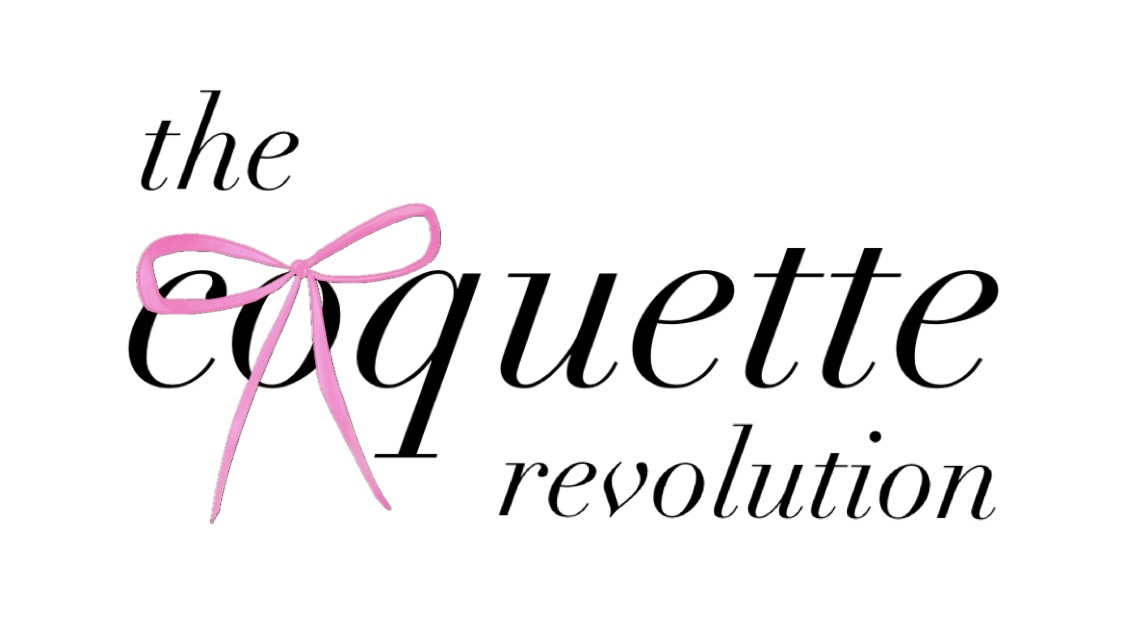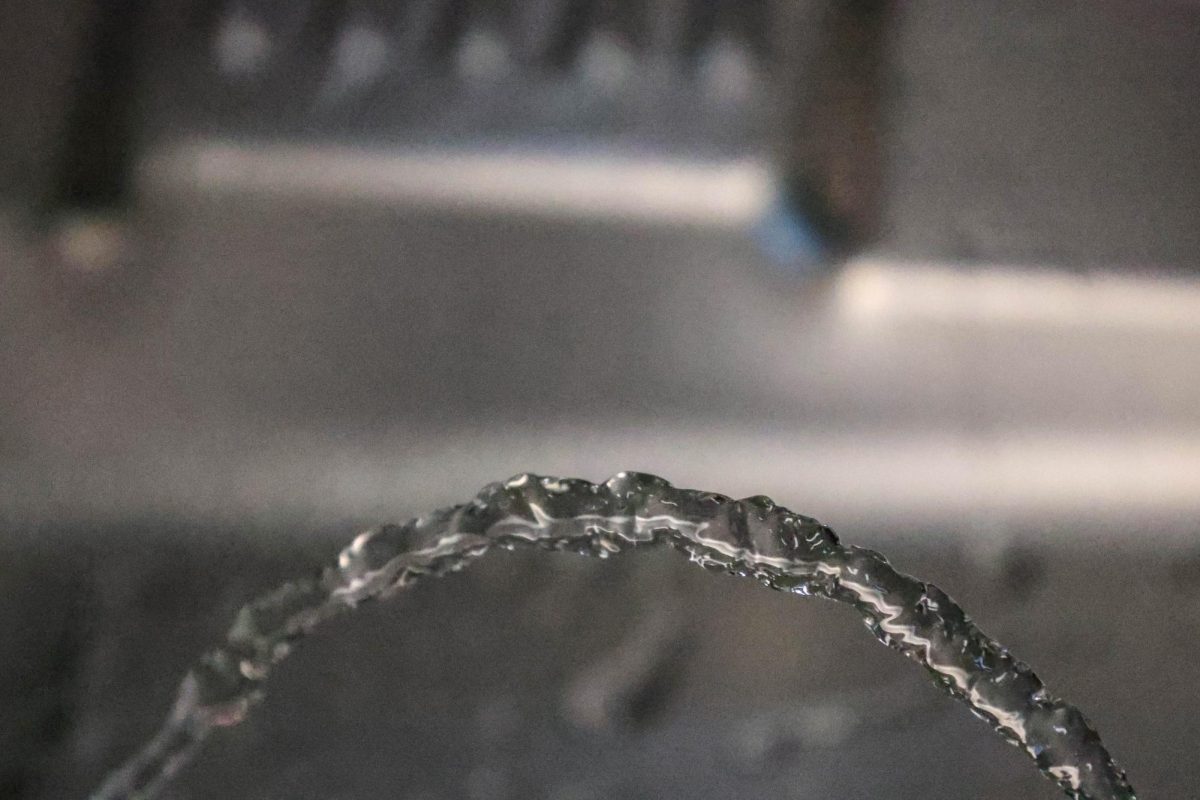My mother and sister sit beside me on a public library couch. Having just gone to the craft store, a bundle of ribbon and yarn sits on the coffee table in front of us. My mom has a bit of white ribbon that she works tirelessly to turn into a bow. Using just her fingers and concentration, she makes a pretty little thing with perfect loops. “It’s so adorable and coquette!” my sister, 13, exclaims. I sigh as my heart breaks with the weight of her simple wording.
The new “coquette” trend follows a familiar pattern among young people: it commodifies, overexerts and capitalizes on the usage of a word that was once used negatively. Marginalized communities commonly reclaim words and phrases that are harmful as a way to regain agency (For example, the history of the word “queer.” While once used as a slur, “queer” is now an empowering umbrella term for LGBTQIA+-identifying people, even emblazoned on banners from the British gay rights advocacy group, OutRage! that read, “Queer is Cool!”), but while the word “coquette” similarly follows this trend of reclaiming/changing the societal meaning of the term, its transformation has key differences.
“Coquette” falls under the category of commodified words, terms that are squished into a box and used to label different items, colors, moods and textures to make them fit a cute, tailored aesthetic, like cottagecore or goth. Merriam-Webster defines a coquette woman as “A woman who endeavors without sincere affection to gain the attention and admiration of men.” A coquette woman is a flirt, a tease, a seductress. She winks, her hand on her hip and her face the picture of innocence. She is using her girlishness to appeal to men and get something out of them. This flirty archetype has turned from a trait to an aesthetic; the lacy, pink-and-white-clad teen girl with a bow in her hair and frilly socks on her feet.
Iustina Roman, a writer for Oxford’s student newspaper, Cherwell, explains that “The word ‘coquette’ is used to refer to flirtatious women who flatter and manipulate men to get what they want. In a way, it could be said that hyper-feminine fashion manipulates the male gaze and patriarchy into working for their own benefit.” This idea of coquette feminism nods at women appealing to men to receive special opportunities, like climbing the corporate ladder. Productive feminism focuses on women gaining power because they work hard and deserve it just as much as men do.
The coquette aesthetic supposedly utilizes traditional femininity in fashion (long hair, pastel colors, soft lines) and temperament (high-pitched, small and soft-spoken) to empower women in their girlhood. Instead of being berated for being a slutty flirt, “coquette” is now the adjective of innocence. Although this makes many women feel confident in their womanhood, not everyone can reclaim their expression of femininity through this aesthetic.
While dressing in the coquette lens, women lean into features that society views as feminine: lighter color palettes, little to no makeup (or a full face of glam; it’s a confusing spectrum) and soft curves instead of angles. Along with physical aspects, coquette women are expected to speak softer and behave more innocently than an adult woman would, embracing girlishness in a way that can feel pedophilic or infantilizing. These traits de-emphasize the multidimensional lives of women; they tone down factors that may not be considered feminine by society and ramp up only those characteristics that appeal to the girly, innocent idea of what women are “supposed to be.”
Along with erasing entire parts of women, the coquette brand, coinciding with the “clean-girl aesthetic” and many other minimalism-based trends, is made for those who fit the white, skinny, Eurocentric beauty standard. Plus-sized women, women of color and those who are gender non-conforming all have to put in extra work to be considered coquette. The extra effort required from those who are not considered typically feminine is particularly haunting because these communities are being excluded from an aesthetic that supposedly stems from being your authentic self. Real feminism embraces traits that make humans different from each other; it does not ask women to conform to a specific body type or color palette.
There is a history of masculinizing women of color, especially Black women, in America, and the coquette trend plays a nasty part in this. Black women are consistently less likely to receive pain medication at hospitals than white women, and their pregnancy/birth mortality rates are shockingly higher. Margo Snipe, a writer for Capital B News, explains, “The ‘strong Black woman’ trope, which characterizes Black women as naturally resilient, self-sacrificing, and independent, encourages physicians to view Black women as more willing to push through distress. And it makes Black women themselves feel as though they aren’t allowed to hurt and like they need to suffer in silence.” This medical racism is just one example of the harm that masculinizing Black women causes.
In addition to the exclusion of many different communities, the infantilization of femininity ties into a type of bimbo feminism: acting the part of a stupid girl to receive help or opt out of tasks. This has also been a huge trend over the past year with phrases like “girl math” and “girl dinner” contributing to the idea that women have their own set of smaller and dumber life skills that parallel normal standards. Buzzfeed explains the most common example of “girl math:” “If you pay with cash, it is free. This is because you are not watching the number drop in your account.” The explanation is paired with a GIF of Cher from “Clueless” clutching shopping bags and grinning at the camera. These kinds of separations between “girl math” and “normal math” contribute to misogyny; they portray women as stupid and irrational. In an interview for Buzzfeed, Samantha Jane, creator of the “girl math” trend, explains that “It’s meant to be lighthearted.” Even if “girl math” is intended to be playful, it supplies harmful stereotypes about women with more attention and examples.
Another popular saying is “I’m just a girl,” which has become an attempt to justify anything done stupidly or selfishly. For example, a post from @8figuregoat on X reads “I’m just a girl,” above a video of a tire with no tread left. The user is trying to excuse the fact that she did not get her tires changed until they were unsafe to drive on because she is “just a girl.” I have been a culprit in claiming that “I’m just a girl.” It’s an easy, throwaway excuse when I am asked about something I screwed up, failed to do or can’t handle. It relates me to other women and girls, giving us something to commiserate over. While this seemingly harmless chatter can create a type of community, it subconsciously reinforces the idea that women can only do simple tasks and can not handle anything remotely challenging.
While bimbo feminism and the coquette aesthetic can empower women to step into the hyper-feminine stereotypes placed on them, it can also do the opposite: start appealing to men. Throughout history, women have been valued less and less as they age. This is inversely related to how men are treated as they age; they’re sexier, wiser and more experienced. As a man ages, he gains power. As a woman ages, she loses her sex appeal, and in turn, her value to society.
To combat this, women are encouraged to hide their age, or at least slow it down. There are myriad companies, skincare lines and brands dedicated to “anti-aging” products that hide evidence of life lived: smile lines, gray hair and loose skin all being hidden away or destroyed. This anti-aging crisis ties directly into the girliness that women are now trying to convey through coquette feminism: women are not valued as they age; so of course, they want to turn back the clock and feel like young girls again.
The coquette aesthetic is just one of many trends that supposedly seek to empower women and end up classifying and romanticizing specific physical and mental traits to sell products. Women are encouraged to buy anything and everything that is labeled “coquette—” from socks to wall decor. Under a capitalistic society, trends like these follow a simple recipe: get women to hate themselves for not being akin to the newest archetype and then market products directly to them that offer transformation into this new aesthetic. Anti-aging is marketed similarly: the hiding-your-age aspect is disguised as self-care and even self-empowerment.
So what should we do about this commodification of feminism? In this world, it oftentimes feels like no matter how a woman presents herself, she will receive a mountain of criticism. Knowing the tactics that self-proclaimed “feminist” companies use to inspire self-hatred is the first step to avoiding the products and ideas that disguise their money-making motives. Having this knowledge can empower women everywhere to embody feminism and build each other up without conforming to the newest trend or buying the newest products. Instead of embracing a commodified version of feminism, embrace your authentic self. There is no easy toppling of the patriarchy; all we can do is learn and read and grow.










